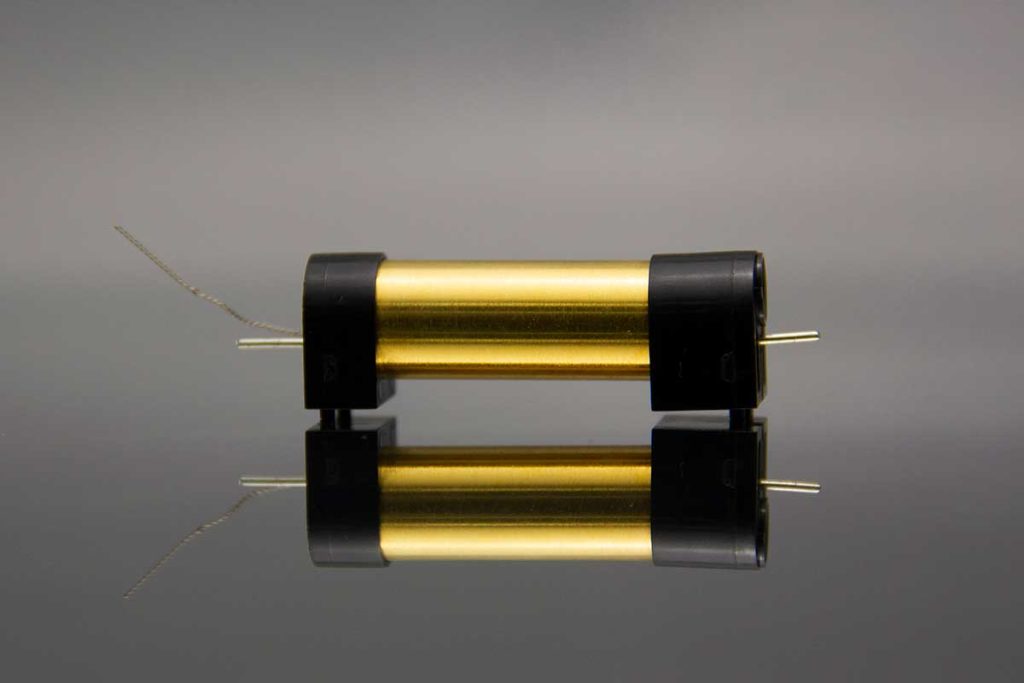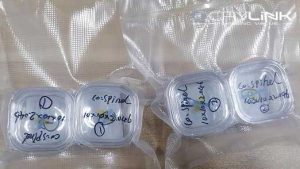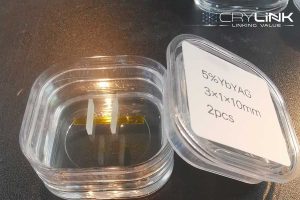The newer pulsed carbon dioxide lasers ablate tissue to a depth of 20-30 µm with each pass and cause collateral damage to a surrounding area of 20-70 µm. Collagen contracts by approximately 15-25% during carbon dioxide lasing, producing a shrunken form that serves as a template for tighter, more organized new collagen formation. Newer Er:YAG lasers with longer (500 µm) and variable pulses have been developed. They have better tissue penetration, which makes deeper tissue ablation less difficult. They create larger zones of thermal necrosis, leading to more collagen contraction and better remodeling. Although the postoperative erythema is greater and lasts longer than with the short-pulsed Er:YAG lasers, it is still less severe than after the carbon dioxide laser. The newer Er:YAG lasers with longer and variable pulses even allow patients with deeper wrinkles and scars to be successfully treated. Rhytides in the glabellar region and nasolabial folds are difficult to treat with any laser; they are associated with movement and are probably best approached with botulinum toxin therapy or surgical skin and muscle adjustment. Relative contraindications include extreme or habitual ultraviolet light exposure, collagen-vascular disease, immune disorders, prior lower blepharoplasty (in the case of infraorbital resurfacing), prior radiation therapy or burns with loss of cutaneous adnexal structures, extensive fibrosis from previous cosmetic procedures, and a tendency to form hypertrophic scars or keloids.





